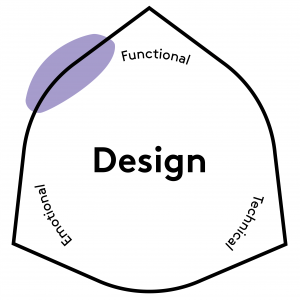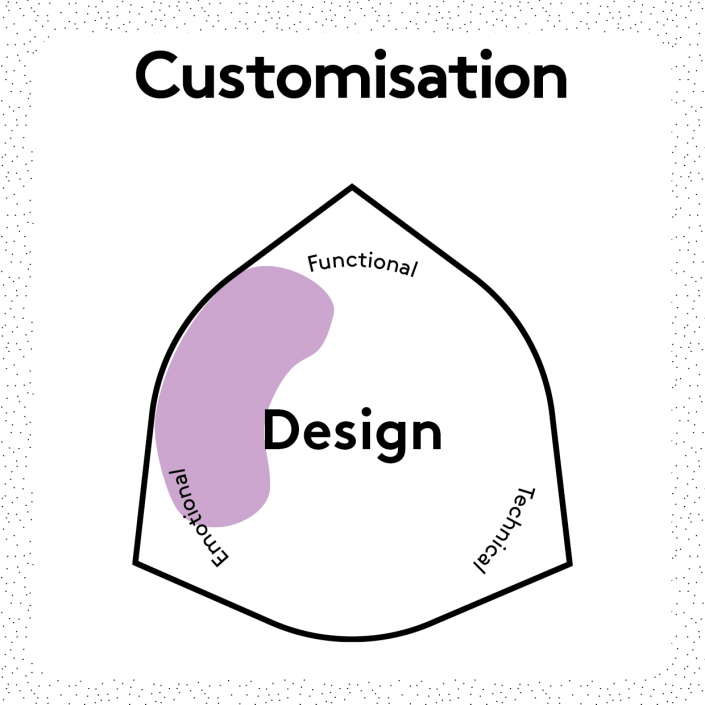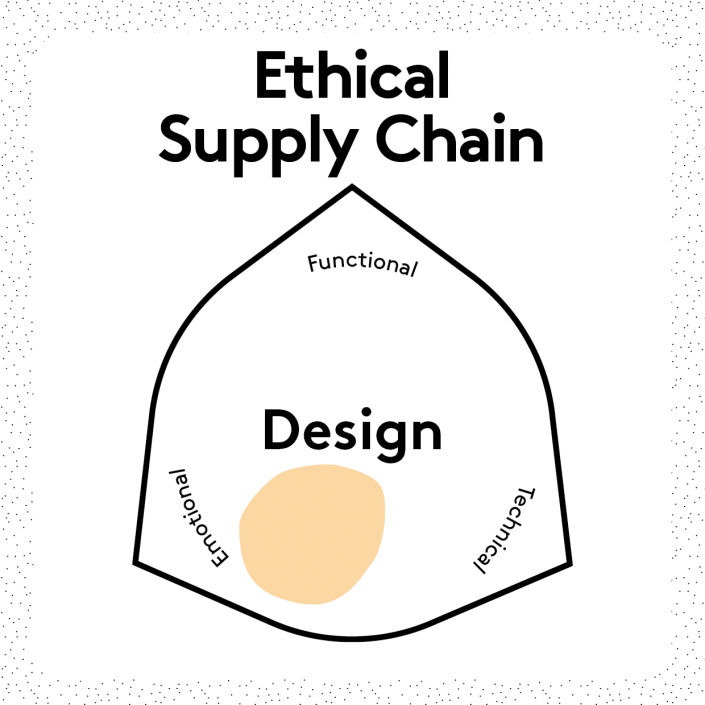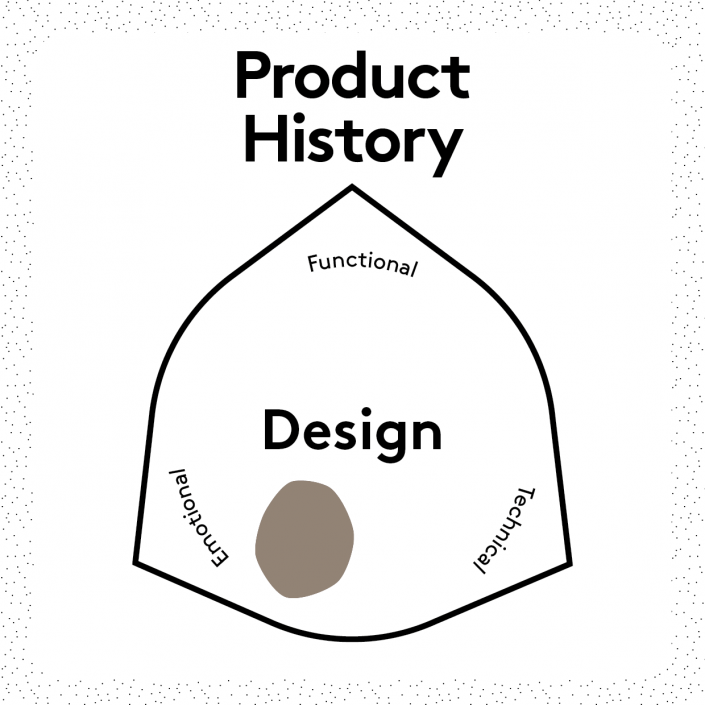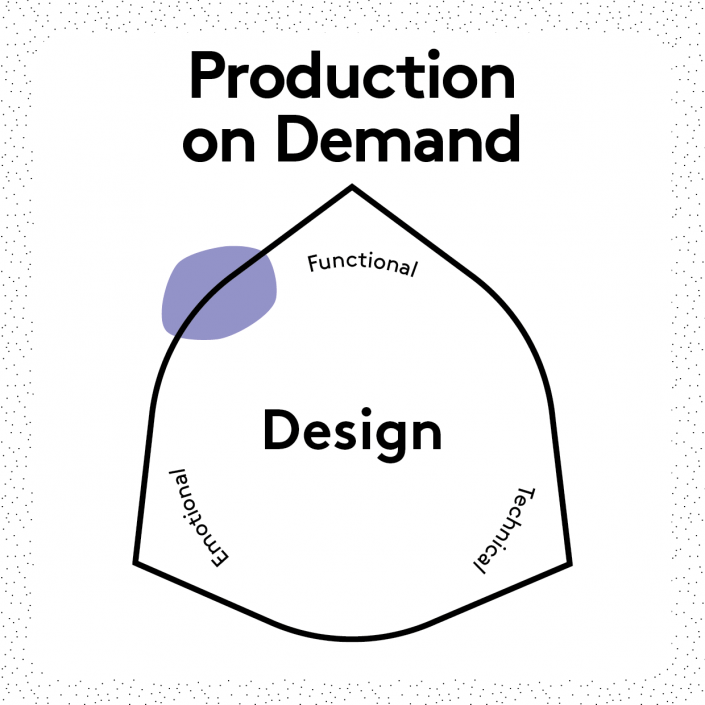What?
The product’s manufacturing phase takes place as close as possible to development, material production and/or retail.
Why?
Local production can:
- minimise use of resources i.e. transport costs and CO² emissions.
- enable design innovation and production flexibility, in close collaboration with manufacturers.
- support local communities.
- support transparency in the supply chain.
Challenges
Lack of locally situated manufactures in Denmark, Scandinavia and Western Europe due to the general outsourcing.
Examples
- High-end textiles company, Wallace & Sewell use their choice of local production as part of the product history build-up.
- Local production can be used to promote and invigorate a specific geographical area through a joint platform, see for example MINYC.
- OpenDesk lets customers choose their furniture design online, and connects them with local carpenters or makerspaces.
Further Reading
Clarke-Sather & Cobb (2019). Onshoring fashion: Worker Sustainability Impacts of Global and Local Apparel Production. Journal of Cleaner Production, 208, 1206-1218.
Diez (2016). Locally Productive, Globally Connected Self-Sufficient Cities. Fab City.
Stewart & Tooze (2015). Future Makespaces and Redistributed Manufacturing. Making Futures Conference, Plymouth.
Twigger Holroyd (2018). Forging New Futures: Cultural Significance, Revitalization, and Authenticity. In: Design Roots. Bloomsbury Academic.

